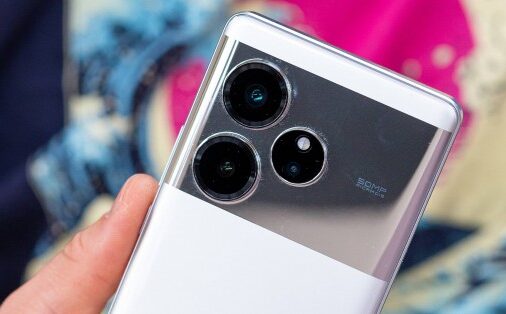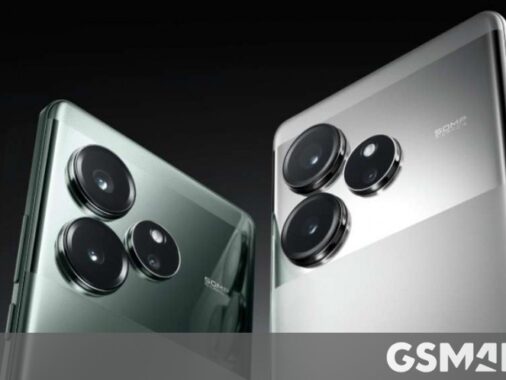Recent changes in pricing have been observed in the Samsung Galaxy Tab S9 series. The Samsung Galaxy Tab S9 Ultra, particularly, saw a significant price drop – the 12/256GB model is now priced at £1,000, whereas just a few weeks ago it would have cost £1,200. Additionally, you can now get the 512GB storage option for just an extra £50, which used to be a £100 upgrade.
The Samsung Galaxy Tab S9+ is now priced at £850 for the 12/256GB model and £900 for the 12/512GB model (previously £930 in late March). The Tab S9 series, along with other Samsung flagships of 2023, recently received updates with new Galaxy AI features, enabling features like image editing and text entry with AI assistance and summarization on the large screen.
The Galaxy Tab S9 in its 256GB variant is now priced at £730 (compared to £750 a few weeks back). This model is recommended as it comes with 12GB of RAM. On the other hand, the 128GB model saw a price increase of £30 and only includes 8GB of RAM, making it a less favorable choice.
Back in late March, the Redmi Note 13 Pro+ was priced at £400 (for the 12/512GB model), but now the price has dropped by £30. This price adjustment could impact the comparison between this model and the regular Pro variant.
The Redmi Note 13 Pro still maintains its £270 price tag from a few weeks ago, narrowing the price gap between the two models to £100. The higher price for the Pro+ version offers a better chipset (Dimensity 7200 Ultra vs. Snapdragon 7s Gen 2), faster storage (UFS 3.1 vs. 2.2), and improved dust and water resistance (IP68 vs. IP54). Additionally, the Pro+ model features a 5,000mAh battery that charges at 120W, compared to the regular Pro’s slightly larger 5,100mAh battery with 67W charging.
Both phones boast 6.67” 120Hz AMOLED displays with 12-bit colors and Dolby Vision support. They are equipped with 200MP main cameras (1/1.4” sensors, OIS), 8MP ultra-wide lenses, and 16MP selfie cameras. While lacking a dedicated zoom lens, the high-resolution main sensor performs well at 2x zoom, though the 4x mode is not as impressive.
The Redmi Note 13 (5G) is priced just £40 lower than the Pro model, offering downgraded specs such as a 108MP main camera, a lower-tier Dimensity 6080 chipset, and 33W charging for the 5,000mAh battery, making it less appealing compared to the Pro variant.
For those looking to stay under £200, the Poco M6 Pro is a viable option, featuring a Helio G99 Ultra chipset, 12GB of RAM, and 512GB of storage. The main camera is downgraded to 64MP, but the phone offers faster 67W charging for the 5,000mAh battery. Both phones also come with microSD slots for further storage expansion.
The Nothing Phone (2) saw a price drop from £520 to £485 for the 12/256GB model within a few weeks. This phone offers a 6.7” LTPO display (1080p+, 120Hz), a Snapdragon 8+ Gen 1 chipset, a 50MP ultra-wide camera, and a 4,700mAh battery with both wired (45W) and wireless (15W) charging, along with unique design elements like a transparent back and LED lights.
The Sony WF-1000XM5 TWS earbuds are now £10 cheaper, offering exceptional sound quality and advanced ANC technology.
Affiliate commission may be earned from qualifying purchases.















